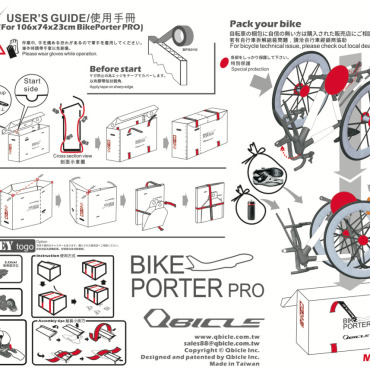
Hello, Bike Transport & Rental Bikes
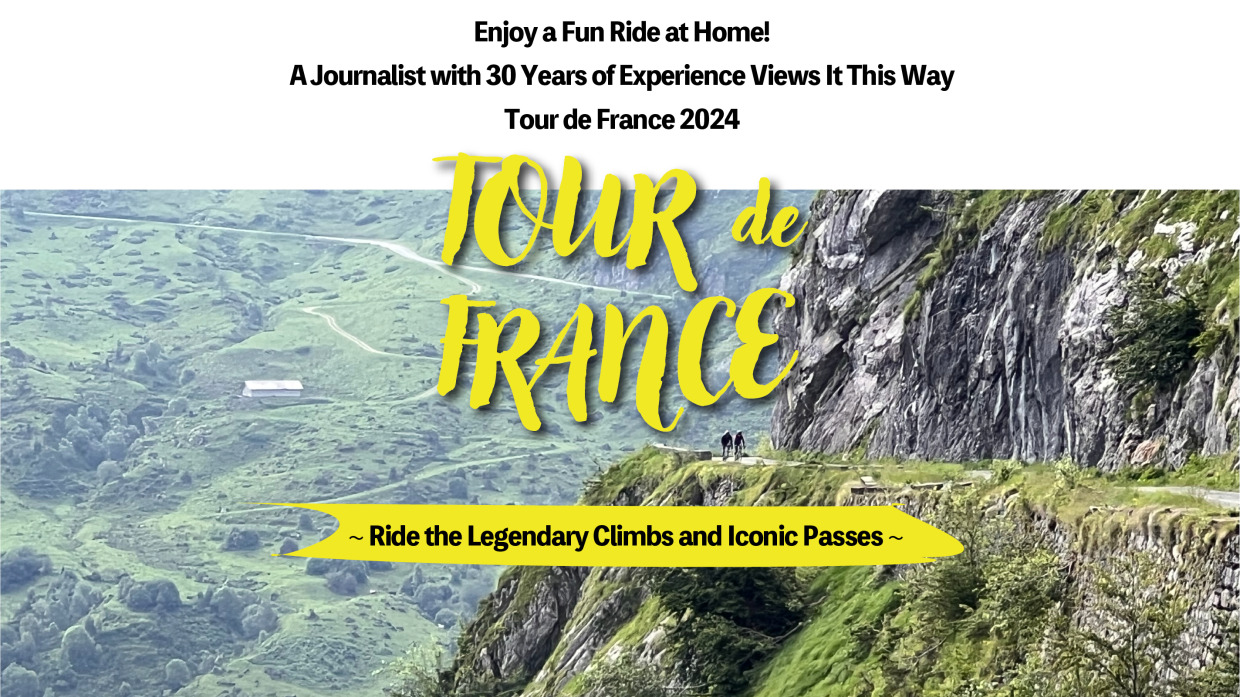
*TOP Photo: Col d’Aubisque in the Pyrenees
From the field covering the Tour de France, which circles around France in 23 days of mid-summer:
The race results saw Tadej Pogačar (Slovenia/UAE Team Emirates) clinch a decisive overall victory.
Now, in the final installment of this three-part series, we will introduce courses that you should definitely ride when visiting from Japan. The Alps section is for intermediate cyclists, but beginners can also enjoy it with a rental car. The Pyrenees edition features a challenging loop for advanced cyclists.
Table of Contents
1. Alps Edition: The Ultimate Tour de France Stage, Alpe d’Huez. Time yourself and get a certificate from the tourist office.
2. Pyrenees Edition: The Tourmalet Pass is a MUST in the Tour de France. A popular route you can reach in a day from the sacred site of Lourdes.
Alpe d’Huez, the ski resort in the Alps known as the ultimate stage of the Tour de France, attracts dedicated fans from around the world to its 13.8 km climb.
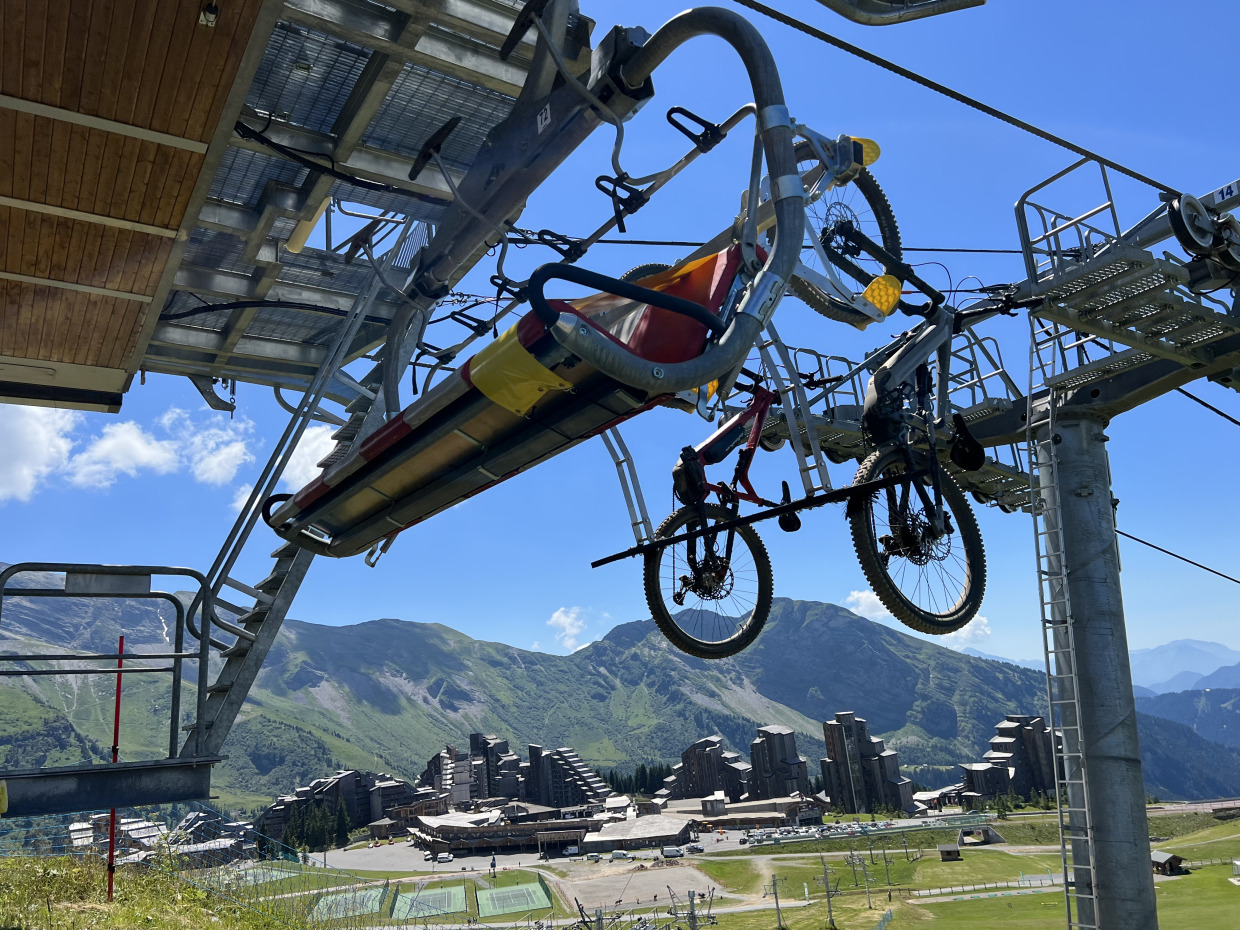
At the last Round-Point (roundabout) in Bourg-d’Oisans at the foot of the mountain, follow the sign pointing to Alpe d’Huez, and soon you’ll begin the legendary climb that has created countless legends.
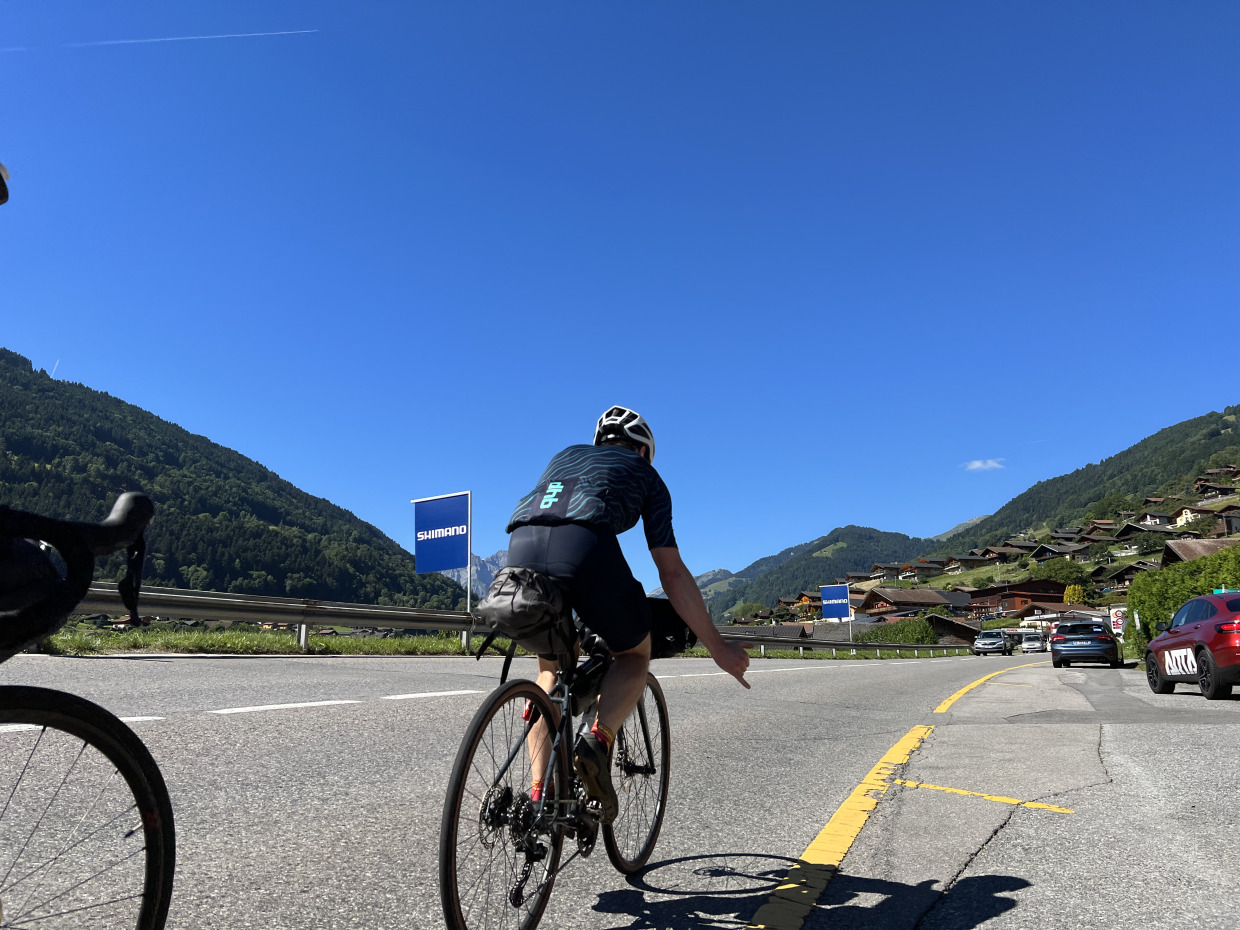
As soon as the climb begins, there’s an immediate steep incline for 2 km. From here, there are 21 hairpin corners leading to the entrance of the village of Alpe d’Huez. The corners are counted down from 21, but the long 2 km straight to “Corner 21” is very tough, causing most cyclists to put their feet down at the first corner.
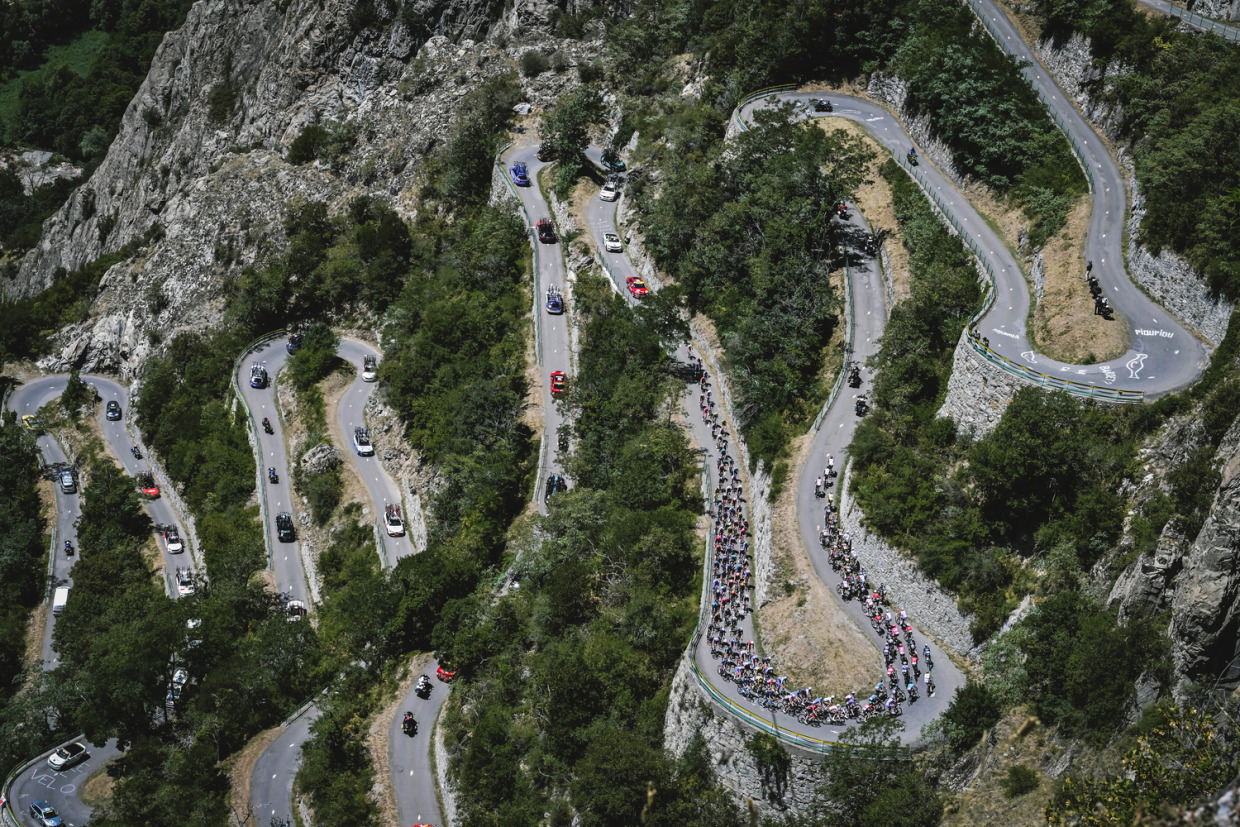
At the last 6 km mark, the beautiful Gothic church of Eze village stands tall. This area is typically crowded with spectators, with Dutch, German, and Danish fans occupying different corners, creating a tense atmosphere.
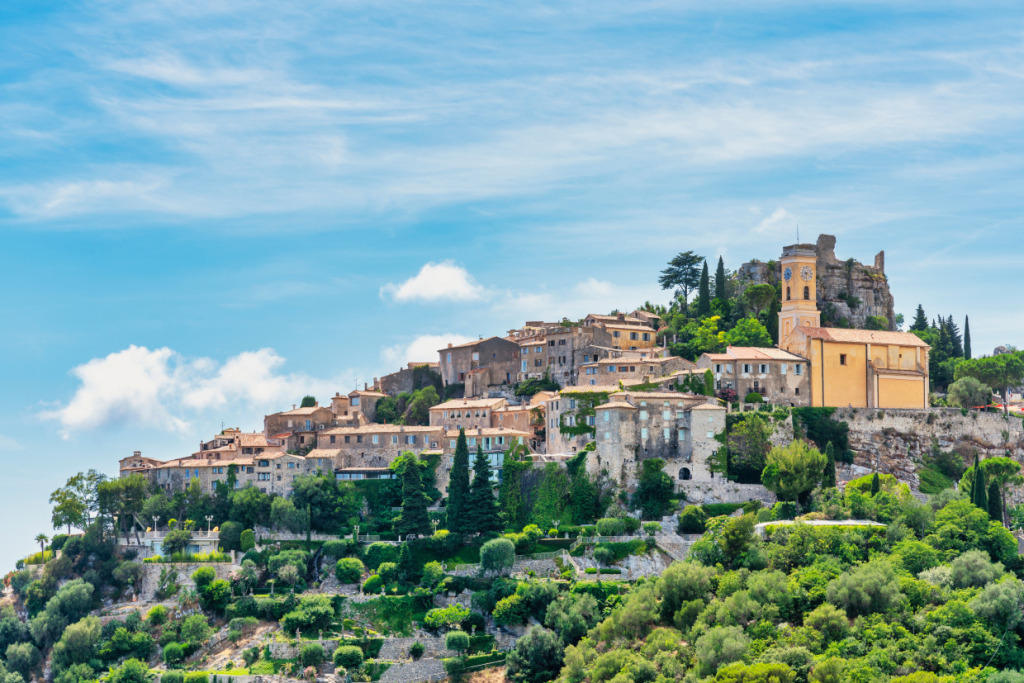
The base is Grenoble, which has many hotels. If you start cycling from a hotel in the city, it’s about 65 km one way. Since the city center has heavy traffic and isn’t very enjoyable to ride in, it might be a good idea to use a rental car to move to an area like Vizille, which is about 16 km away. The prefectural road to Bourg d’Oisans has recently had cycling lanes added, making it very comfortable to ride on.
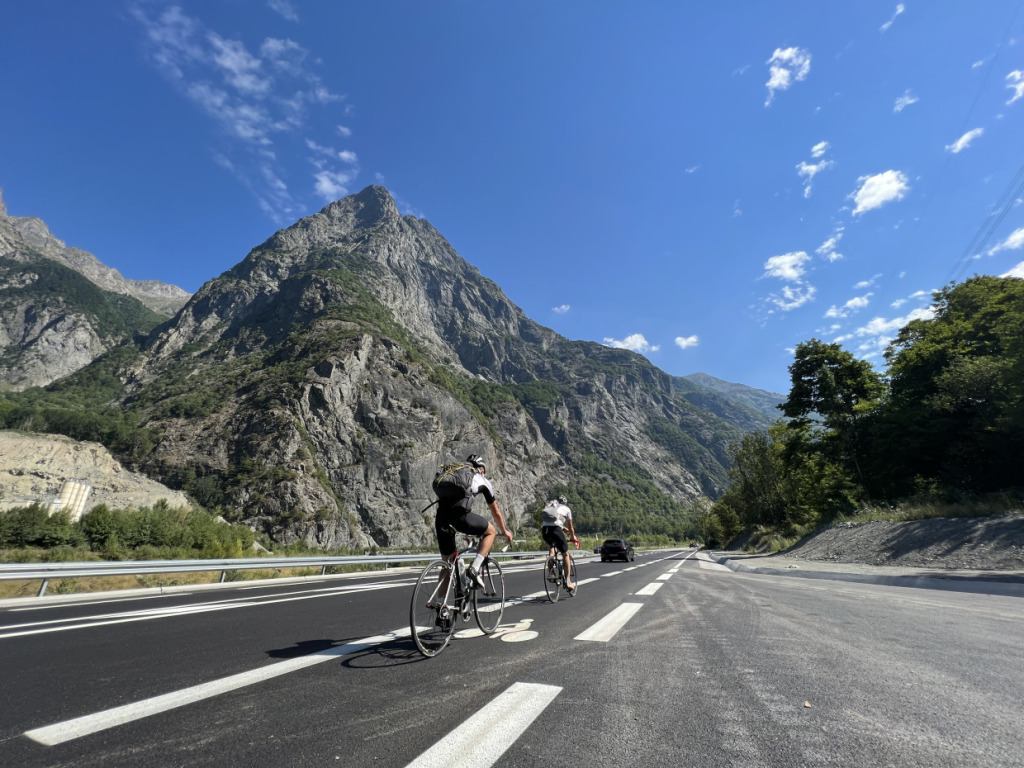
If you’re going to take on Alpe d’Huez, whether you use a GPS device, a cycle computer, or even a stopwatch, it’s a good idea to measure your time from the base to the finish line. There is a tourist information center where the course briefly goes underground, and if you show them your time, they will create a diploma (certificate) for you.
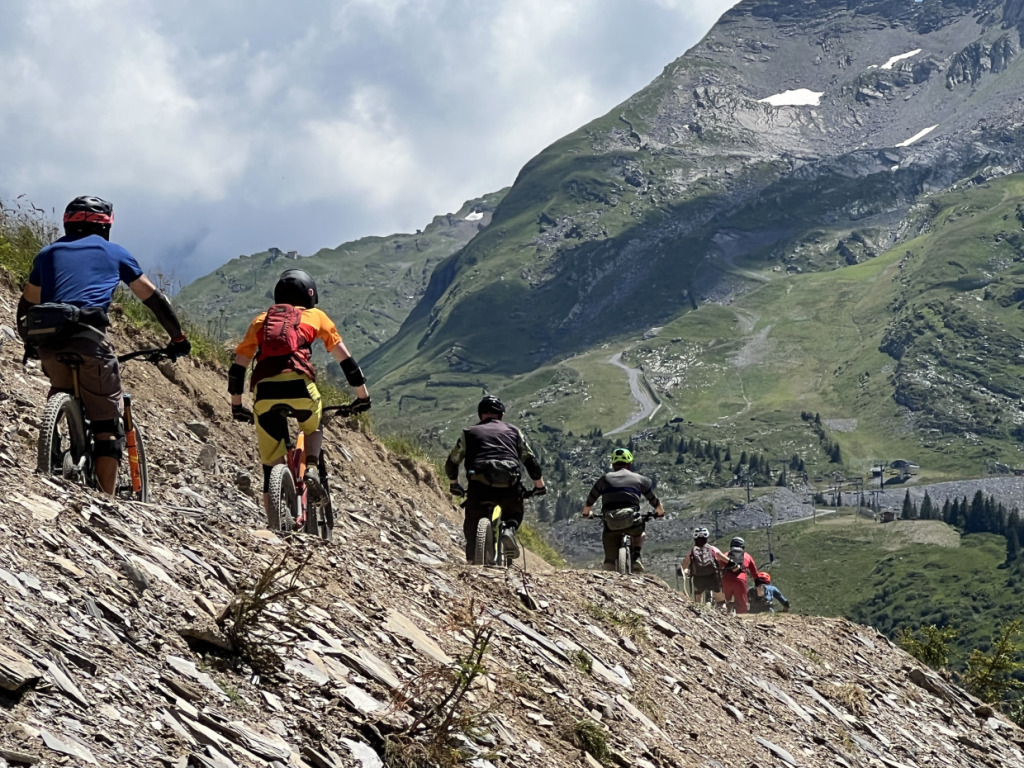
In the past, when visiting the area, there was a banner at the starting point reading “Départ = Start.” If you don’t see it, continue past the Rond Point and gradually veer left. Turn on your start switch when the climb begins. There will be a sign reading “Arrivée = Finish” at the finish line, so aim to push yourself until you reach it.
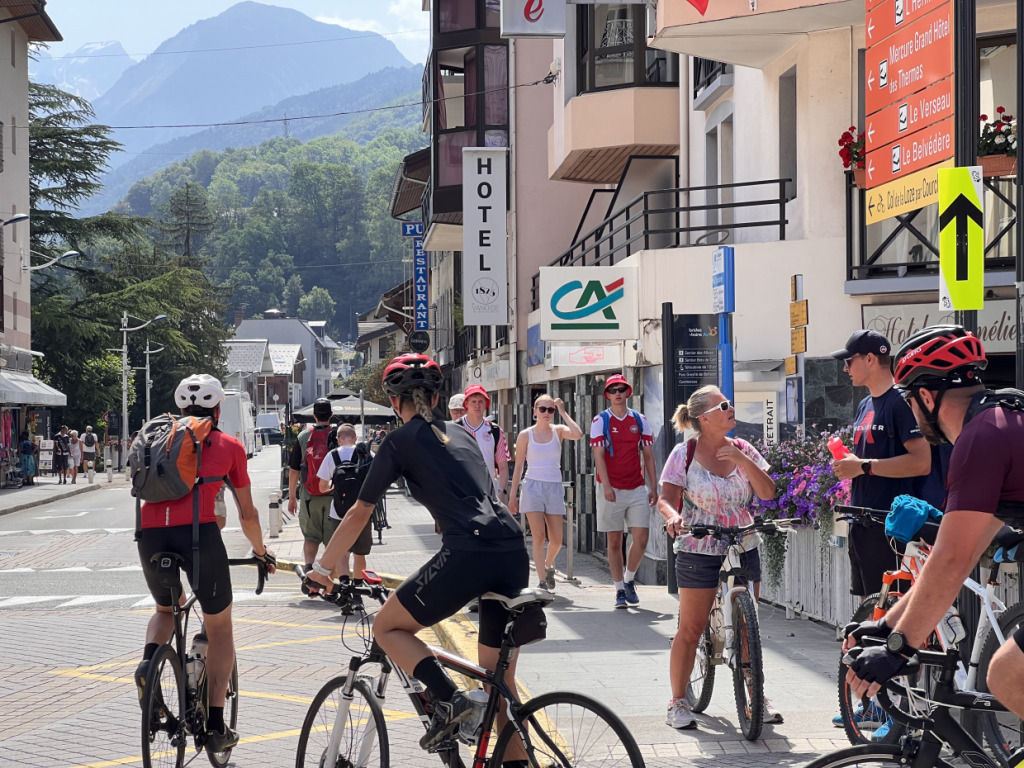
By the way, the fastest time was recorded by Marco Pantani in 1997 with 37 minutes and 35 seconds. In fact, Pantani holds all top three records. For reference, even by car, it takes about 45 minutes, alternating between first and second gear with the clutch partially engaged. Cyclists are incredibly fast!
(Route Overview)
Starting and ending in Grenoble, which offers plenty of accommodation options, aim for Alpe d’Huez, the most popular mountain stage of the Tour de France. The elevation gain for Alpe d’Huez alone is 1,257 meters. The return journey is entirely downhill. The outbound trip takes 5 hours without breaks, while the return trip takes about 2 hours at a speed of 30 km/h. It’s a full day of cycling.
Distance: 64.66 km (one way)
Elevation Gain: 2,379 m
https://connect.garmin.com/modern/course/288426459

In the 8th edition of the race in 1910, an incredibly challenging and impregnable pass was introduced, far surpassing previous standards. The most notable of these is the Col du Tourmalet, standing at 2,115 meters. Surrounded by towering, needle-like mountains, even in midsummer, the weather can deteriorate and bring snow. Such harsh conditions became a defining element of the race, leading to large crowds lining the route. The Col du Tourmalet is a key landmark in the Pyrenees and its annual appearance is a key to its popularity.
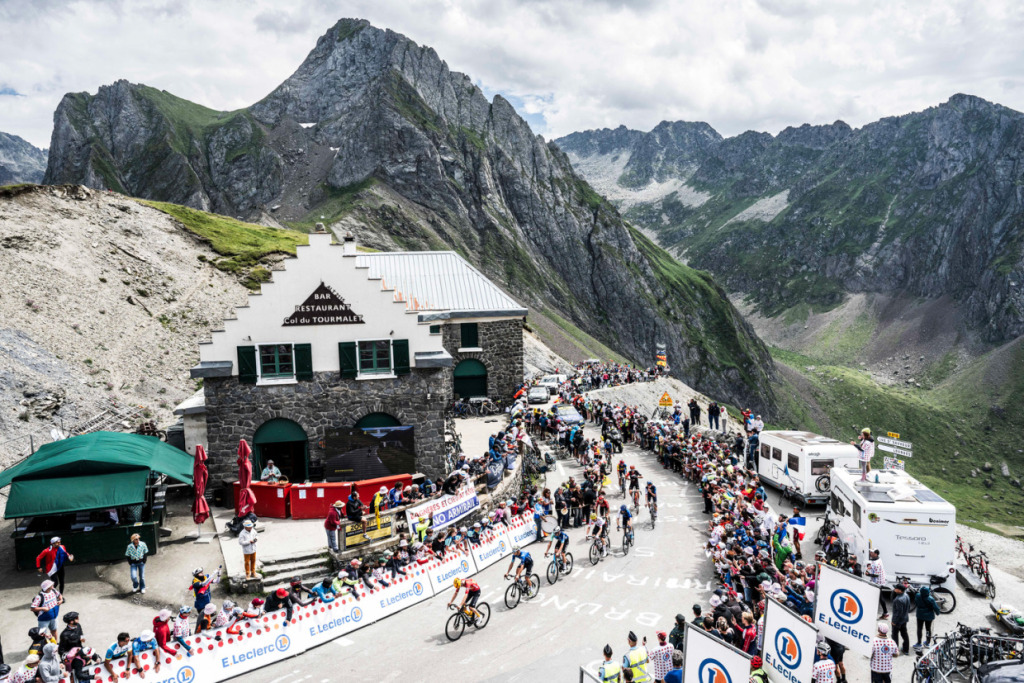
Usually, the beautiful wilderness is only accompanied by the sounds of sheep bleating and cowbells carried by the wind. Saint-Marie-de-Campan, where Christophe once repaired his broken frame by welding it at a blacksmith’s in 1913, is located 16.5 km down the eastern slope.
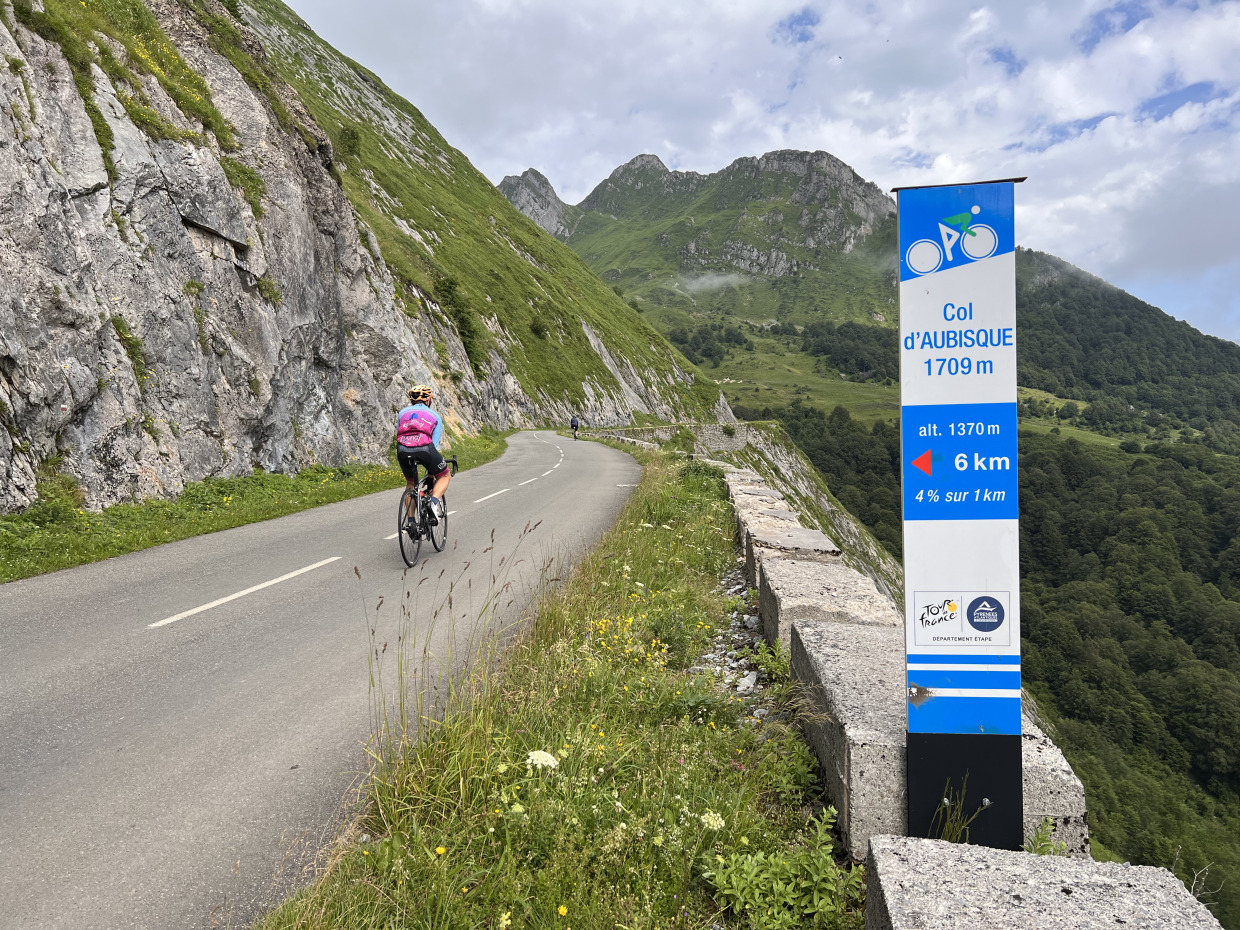
The base for this journey is Lourdes, a sacred place believed to have a miraculous spring that cures incurable diseases. A young girl named Bernadette, who claimed to have seen the Virgin Mary, discovered a spring emerging from a crack in the rock. This spring was said to have healing effects, and since then, Lourdes has become a pilgrimage site for those seeking divine intervention. Devout pilgrims from all over the world visit Lourdes, and people from various countries have started running hotels and restaurants for visitors. Souvenir shops along the pilgrimage route sell bottles for families to take home for their sick loved ones. Some people are even brought in on their beds, as their remaining time is limited. Witnessing this can be profoundly shocking and may profoundly change one’s perspective on life, instilling a deep sense of gratitude for one’s own health.
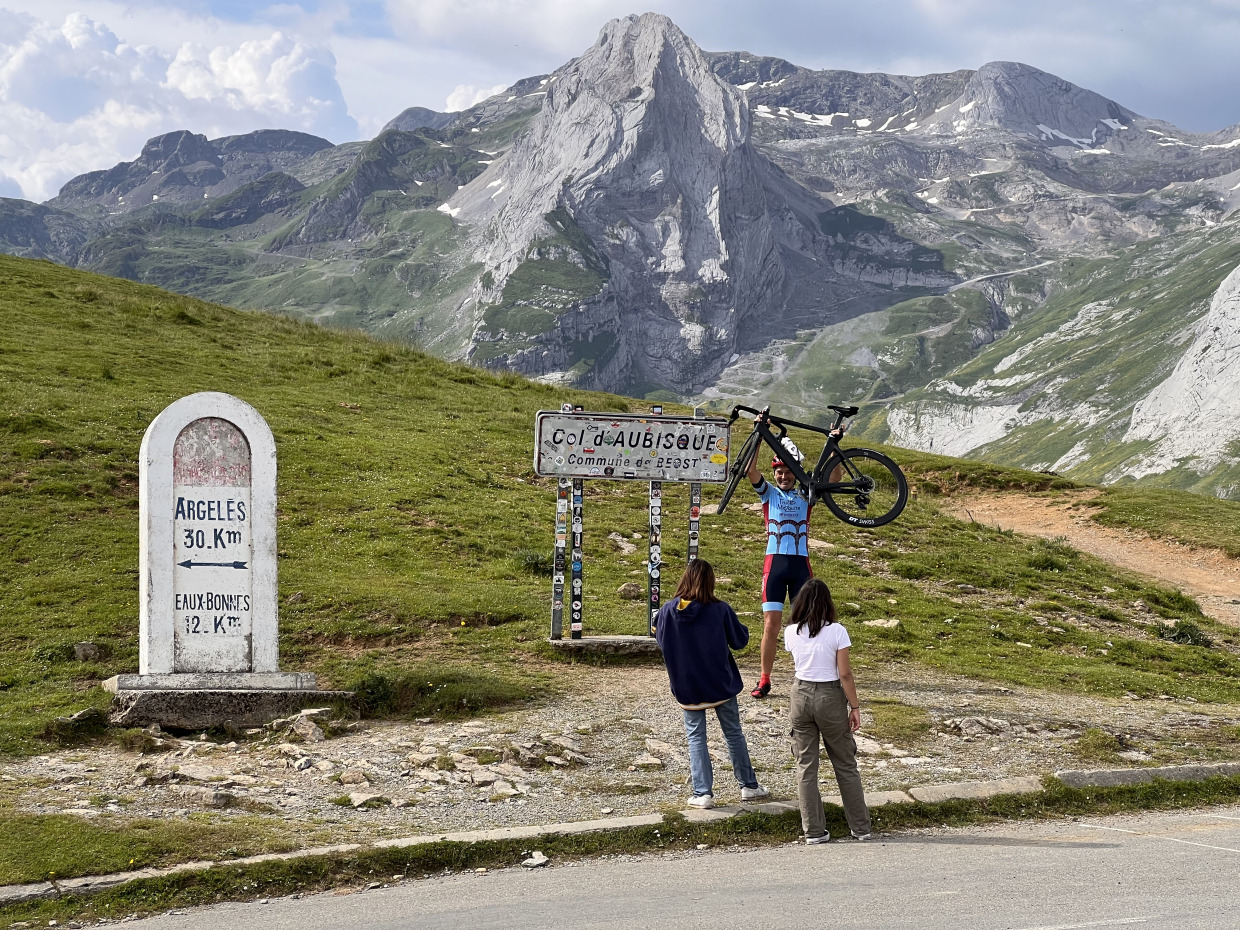
In the 2018 Stage 19, a team bus was unceremoniously parked on the pathway to this sacred Catholic church. The church’s forecourt serves as a village for those involved. Every evening, people from around the world gather to march while holding candles and reciting “Ave Maria.” It was shocking to see the Tour de France encroach on such a sacred space, but it demonstrates the sheer scale of the event.
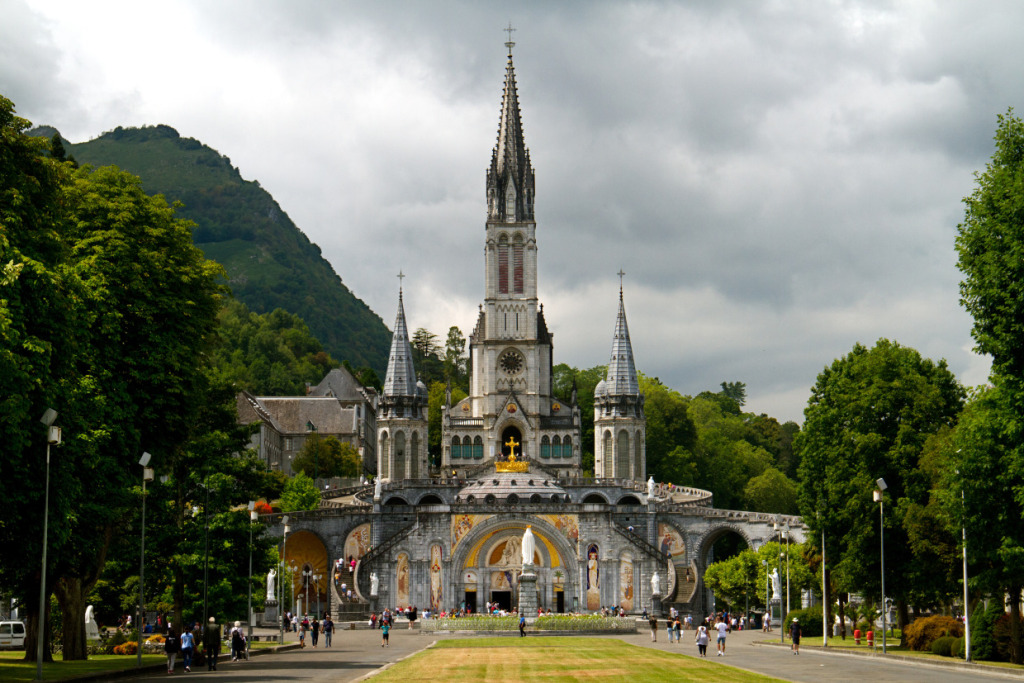
(Route Overview)
Starting and finishing in Lourdes, this route involves cycling over the Col du Tourmalet without using a car. The route is clockwise because there is a small pass to the east of Lourdes that you’ll want to tackle early on. Be sure to bring food and a windbreaker. You should be able to find supplies and water in Sainte-Marie-de-Campan and Lamontgie. On the descents, reduce your speed sufficiently and avoid pushing too hard.
Distance: 101.60 km (loop)
Elevation Gain: 2,856 m
https://connect.garmin.com/modern/course/288427465
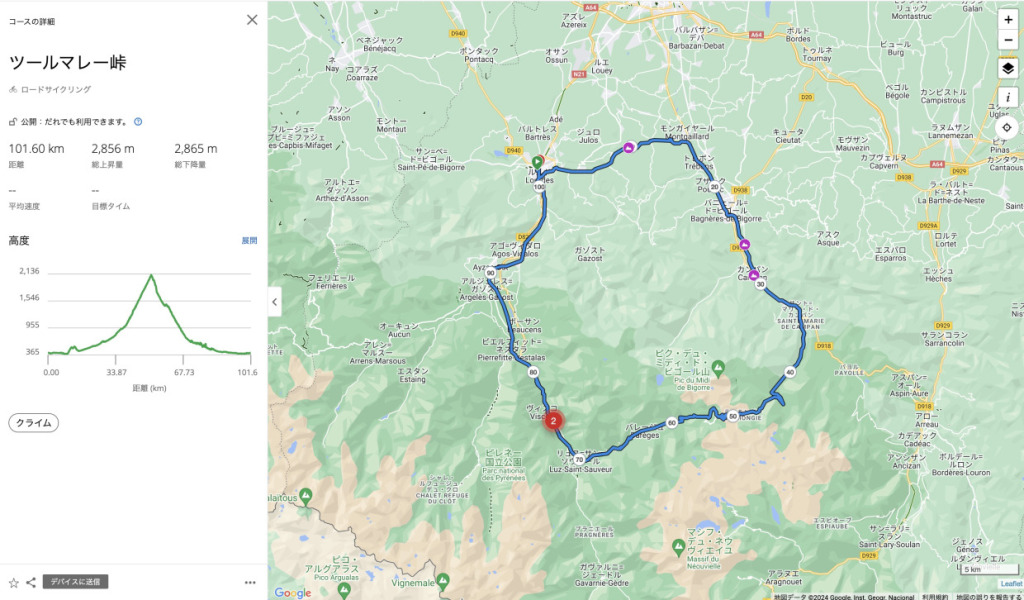
🚴♂️A Journalist with 30 Years of Experience Views It This Way.Tour de France 2024🚴♂️
#01
#02
#03
🚴♂️Other articles by Mr. Yamaguchi about the Tour de France can be found here (external link & Japanese text only)🚴♂️
–The Paris–Brest pastry was named because it resembles a bicycle wheel.
–Gastronomy at the Tour de France… Enjoy the diverse food cultures of the regions.
-Visit the UNESCO World Heritage site Mont Saint-Michel while watching the Tour de France.
-The Tour de France started from the ‘Alarm Clock’ on the outskirts of Paris.
-The Unsung Heroes of the Tour de France: Everyone’s Beloved Advertising Caravan Team
-In the beautiful Provence region of southern France, there is said to be a mountain inhabited by demons.
-My Tour de France started from Rouen.
–Pilgrims heading for sacred places… This journey is the origin of the Tour de France concept.
-A hotel I’d like to stay at before I die… Viewing a starry sky at an observatory.
Text_Kazuyuki Yamaguchi
Profile

Kazuyuki Yamaguchi
A sports journalist with 30 years of experience covering the Tour de France. In addition to cycling, he has covered table tennis, track and field, rowing, and others, contributing articles to Tokyo Chunichi Sports among others. He has served in public relations roles for international cycling events held in Japan. His works include ‘Shimano: The Bicycle Parts that Conquered the World – From a Small Sakai Workshop to Global Standards’ (Koubunsha) and ‘Tour de France’ (Kodansha Modern New Books), both available as e-books. He studied French literature at Aoyama Gakuin University’s Faculty of Literature.
Post Date:2024.08.02